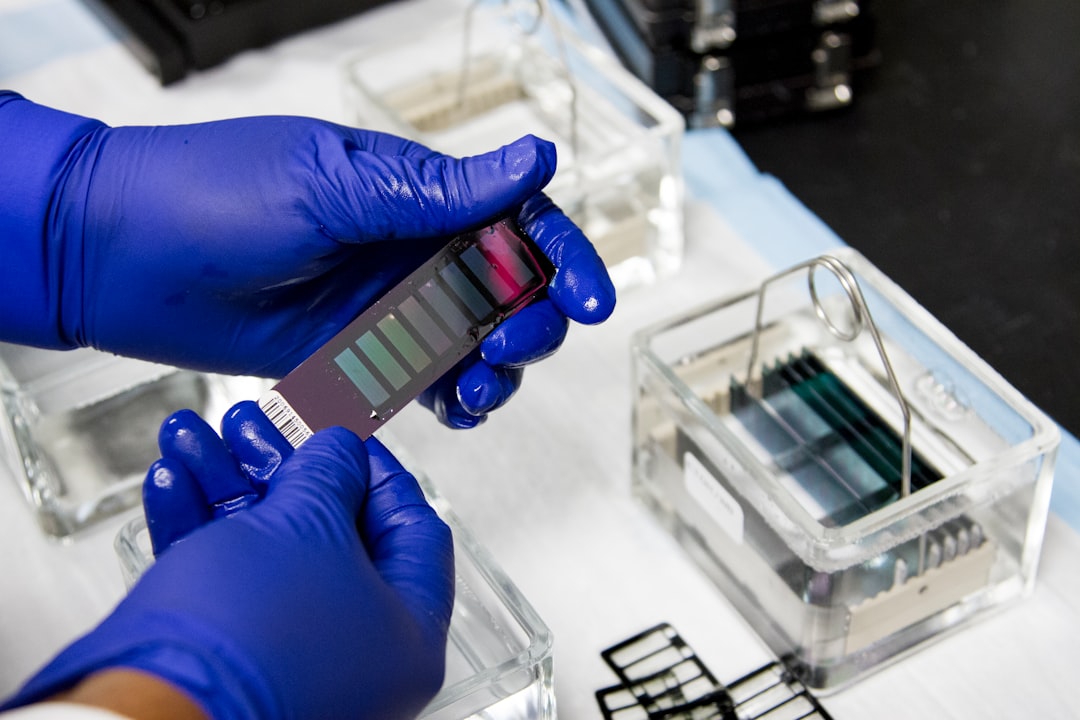What is it about?
In Part I of this paper, we present a better formulation of chlorine that reaches target pathogens better--via "targeted delivery" using "yeast microparticles". In addition, we developed a mathematical modeling framework in Part I, which reflects experimental findings in conventional vs. targeted delivery systems of chlorine. Here in Part II, we further use the models to evaluate the potential in facilitating the future design of biobased particles for targeted delivery.
Featured Image

Photo by Elena Mozhvilo on Unsplash
Why is it important?
Chlorine is often overused in food, biomedical, and environmental sectors due to its limited efficiency in the presence of food and biological components. This could lead to the waste of chemicals, environmental harm, and worker safety issues. Therefore, it is critical to improve chlorine efficiency, and biobased particles are attractive delivery vehicles. To this end, the modeling framework we present could ultimately guide researchers in the rational design of wet-lab experiments to save time and resources.
Read the Original
This page is a summary of: Modeling bioaffinity‐based targeted delivery of antimicrobials to
Escherichia coli
biofilms using yeast microparticles. Part II: Parameter evaluation and validation, Biotechnology and Bioengineering, October 2021, Wiley,
DOI: 10.1002/bit.27969.
You can read the full text:
Resources
Contributors
The following have contributed to this page










